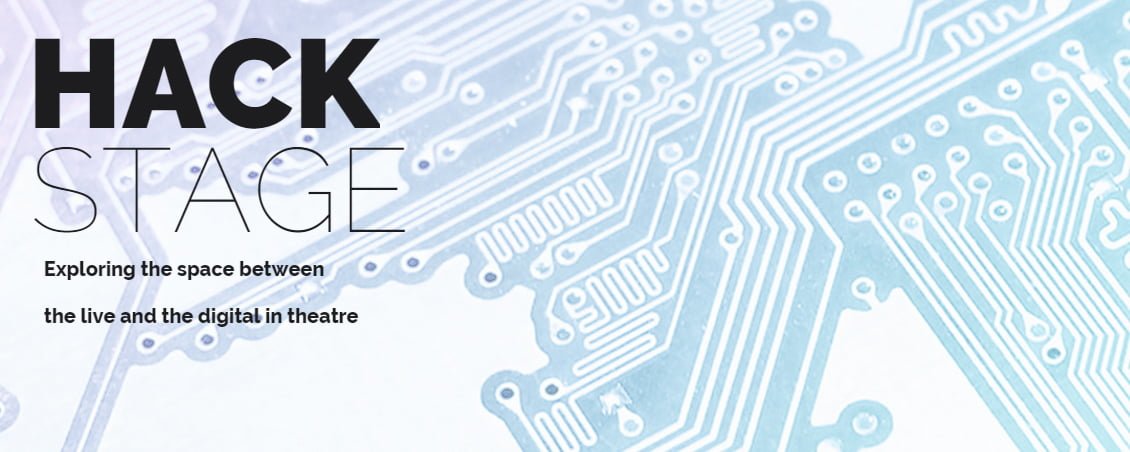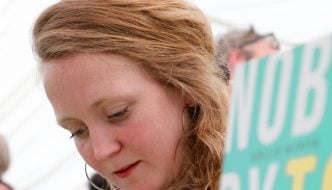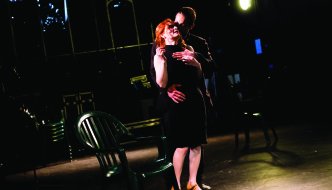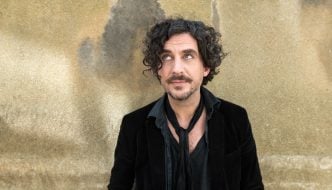 Over three days last week, a group of technologists, technicians, and creatives assembled at the Unity Theatre to explore ways in which digital technology can open up new forms of interaction within the theatre.
Over three days last week, a group of technologists, technicians, and creatives assembled at the Unity Theatre to explore ways in which digital technology can open up new forms of interaction within the theatre.
The first two days of this event, which had been set aside for the participants to come up with ideas and develop prototypes, were held behind closed doors. On the third day, the public were invited in for a viewing of the work created and asked to vote for which one they thought was the best.
Once everyone was seated in the auditorium, we were given a detailed outline of what the group had been doing over the last few days. We were then taken back out into the foyer to view the various charts and objects that they had used as inspiration for the project, before settling back down to watch the show.
The participants had been split into four teams, each were given ten minutes to pitch their theories to the audience. The proceedings were started by team Cue 360, who had experimented with 3D sound and vision.
They chose three volunteers from the audience to help them demonstrate their product, however, since they didn’t have the relevant piece of technology to hand, so they gave their willing victims a pair of goggles each instead.
Several scenes were then played out, one to the front of the stage, one at the back and one stage right, then at the end of their presentation, feedback was given by the volunteers followed by a question and answer session with the audience, which came up with some issues about their prototype.
Next up were called Polyspective, who gave a rather lively and amusing demonstration of their idea using a graph with squares on it, which represented different zones or rooms.
They explained that when a person enters one of these zones, they can activate sound, temperature, film, lighting, or objects within the room by using wearable technology, so that the individual doesn’t only hear the story, they can feel it too, and a single story can be turned into a series depending on who is in the same room. It was a clever concept that could be used to give different sides or perspectives to the story using a variety of characters.
The penultimate team to pitch were The IKEA Allstars. They had been experimenting with storytelling using digital tools and social media such as Twitter, live blogging and text messaging.
They told the tale of a man held in solitary confinement for most of his life, who’d been recently released and had requested to return to his cell. The audience were given a chance to take part in a Twitter poll on whether he should be allowed to go back to jail or not, while at the same time a volunteer experienced what his life would be like behind bars through a set of VR goggles.
Afterwards, the audience were invited to put on the goggles and go through the prisoner’s ordeal themselves, while the woman, who had freely offered her services to the team, gave her feedback.
The final team was called Spandex Badger. They had looked into ways that an audience could be more interactive with a show and had come up with the concept of Pantovision.
With the aid of props that were linked up to various devices within a theatre, they showed how they could trigger extra sound effects, slow the music down or affect the lighting in such a way that if they were given an audience, they could influence what happens during the performance themselves and one member of the team revealed how this could be done by using an inflatable guitar.
Once they had finished their pitch, it was then onto the voting. As each idea had been ingenious and extremely well thought-out in such a short space of time, it was diffucult to decide who to vote for. In a bit of a kop out, I just wrote the name of the act I whose pitch I remembered best on the post-it note I was given.
The winner was Polyspective, who won what was described as the ultimate technology prize: a roll of gaffer tape each. All the runners up and everyone else involved in the project received a specially designed mug. After the show, everyone who attended was invited to discuss all the ideas further with those who participated in the bar afterwards over a beer – or a tea, contained stylishly in their new mug!
This event was very intriguing. It was great to see so many inspirational, thought provoking, and inventive ideas that could change how we perceive theatre in the future. Hopefully someone will bring them to life one day.
You can get involved with HACKstage at their website here.




Comments